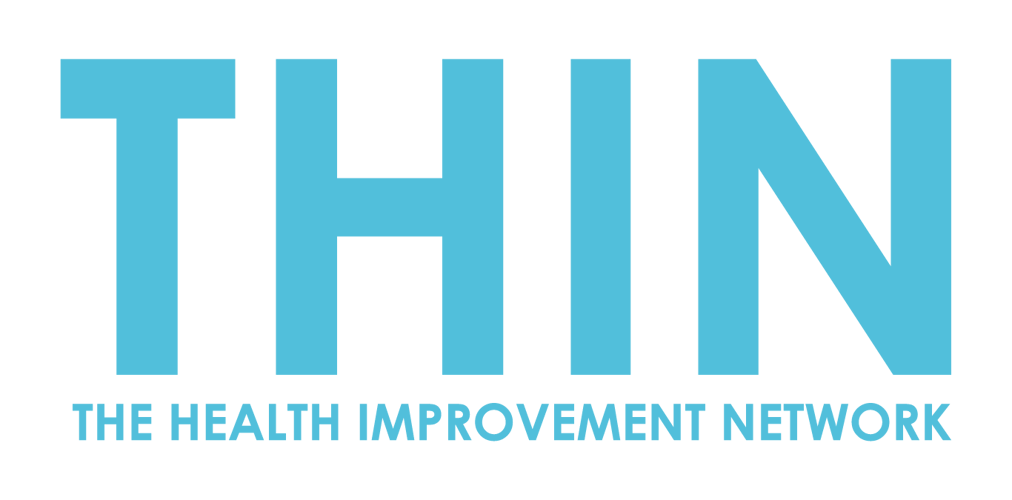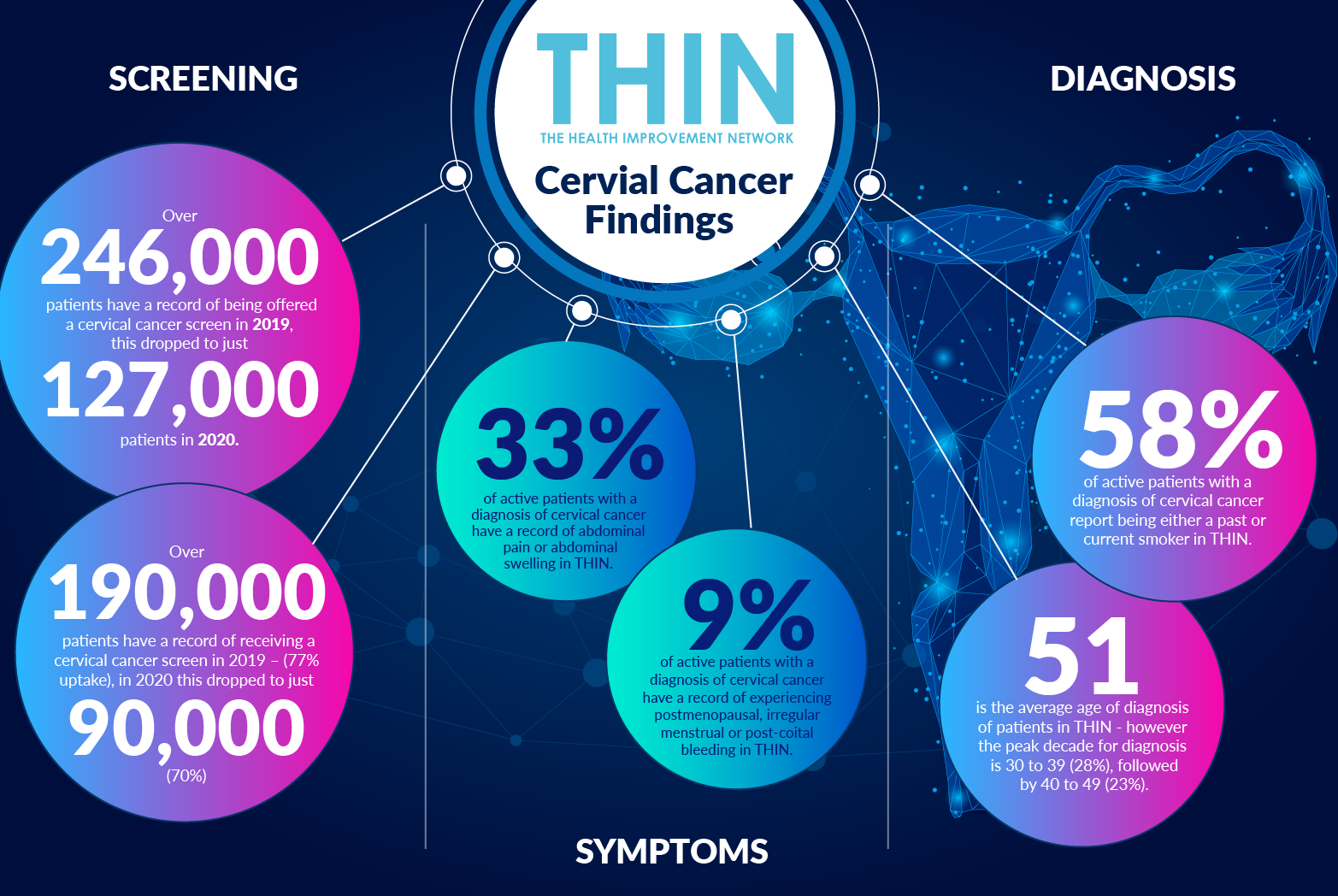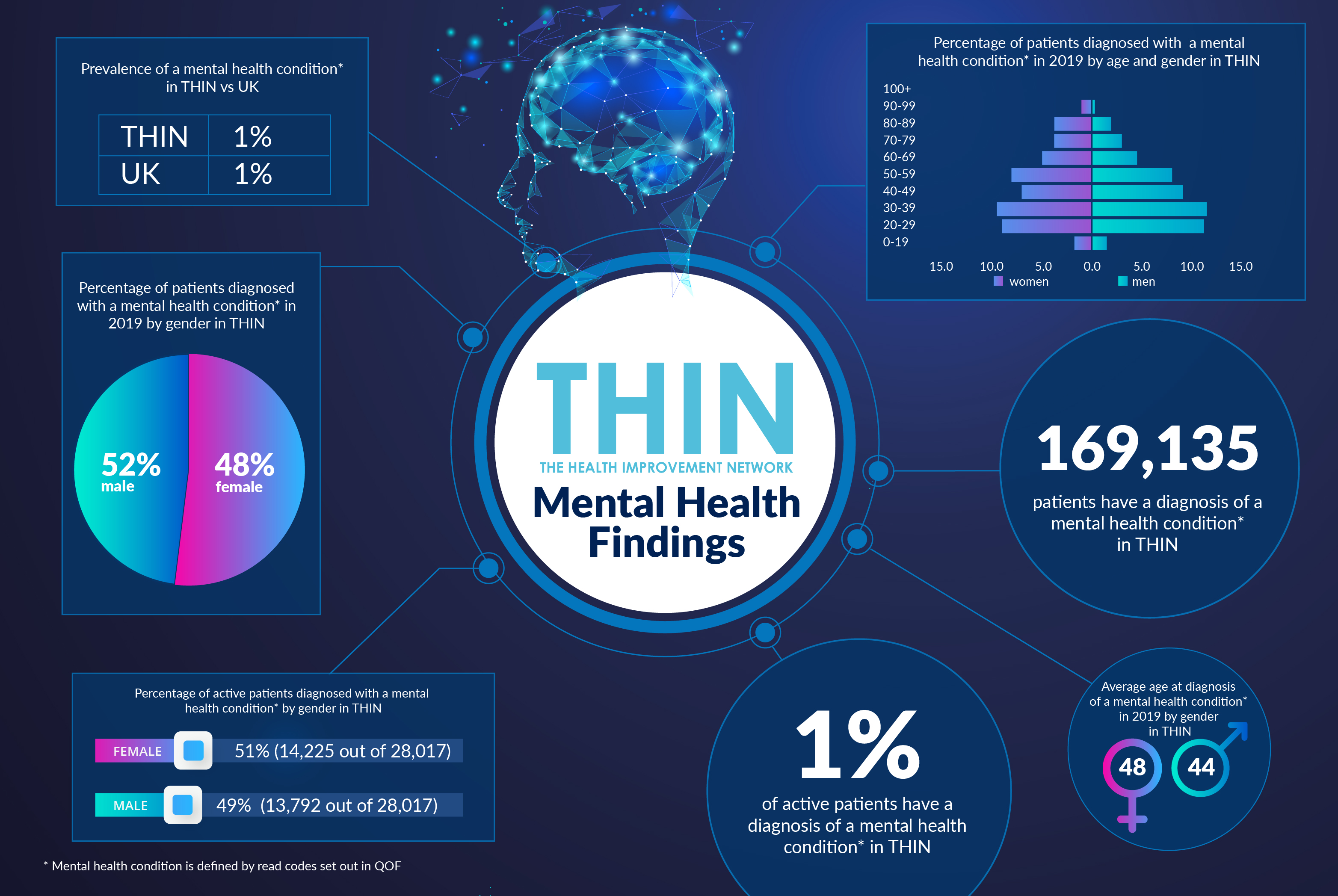Creating Health Equality Post-Covid
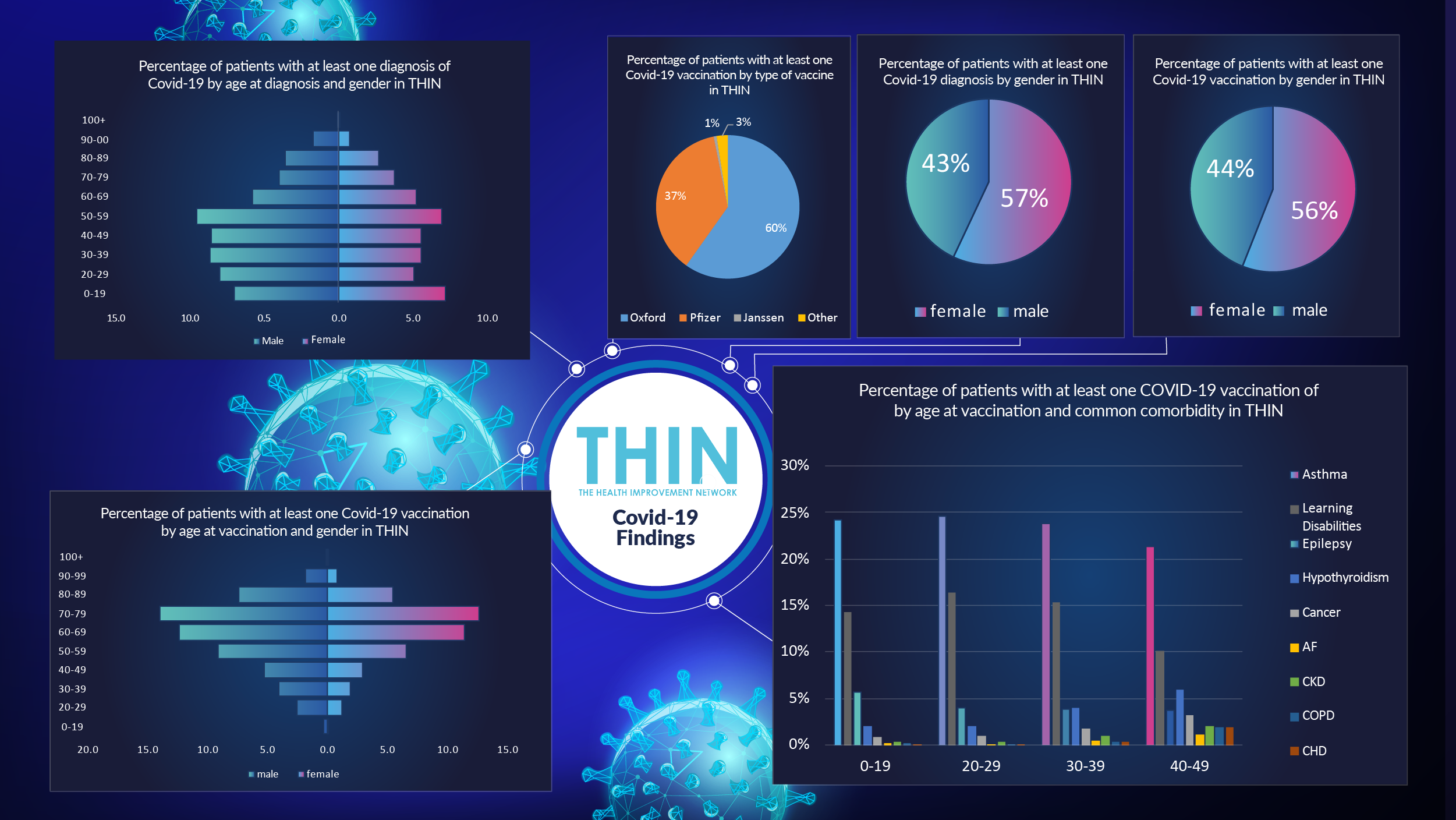
COVID-19 has hit every part of health and care provision. From patients avoiding contacting GPs leading to missed or delayed diagnosis to delays in cancer treatments and knee replacements, millions of patients have been affected. As the vaccination programme continues to roll out and a degree of normality returns, these patients will require care – many urgently.
But how are Clinicians to prioritise? It is not possible to open the doors to all patients at once – in primary or secondary care. Whether it is patients demanding face to face GP visits or the backlog of outpatient visits that need to be re-organised, how can health and care providers allocate resources in the most effective way to support priority patient needs?
This World Health Day on 7th April, the World Health Organization (WHO) is embarking on a new campaign to build a fairer, healthier world to provide consistent access to health services. A key strand of the campaign surrounds data collection, with WHO confirming the importance of timely and reliable health data in assessing inequities across population subgroups and taking the required actions.
Identifying Care Gaps
The vaccination programme is continuing at pace, which is good news, but for health and care providers, there is now pressing need to understand the impact of the pandemic at a population health level in order to prioritise activity. In response to the pandemic, health and care services have collaborated in new ways, building shared service models that will play a vital role in responding to the backlog in patient needs. But what is the best way forward to ensure care is prioritised and delivered to those in greatest need?
Better understanding of the gaps in health and care provision over the past year will play a vital role in creating the new service model. Analysis of The Health Improvement Network (THIN®), a Cegedim database, reveals the deficit in patient care across all therapy areas: from diabetes to heart disease, chronic kidney disease (CKD) to mental health, THIN® confirms a drop in encounters, health checks, blood tests and diagnoses during 2020, when compared to previous years.
Analysis of THIN® also confirms that contacts are not coming back to pre-Covid levels in a consistent fashion. The percentage of contacts in Depression, Asthma and Heart Failure all dropped sharply around March 2020, compared to the average number of contacts between 2017 and 2019. There was a subsequent slow increase but none successfully reached baseline measures by the end of 2020 or beginning of 2021. On the other hand, CKD also dropped sharply but subsequently surpassed baseline measures in December 2020, however, it dropped again at the start of 2021. COPD diagnoses also dropped but percentages of contacts remained low throughout 2020 and the beginning of 2021.
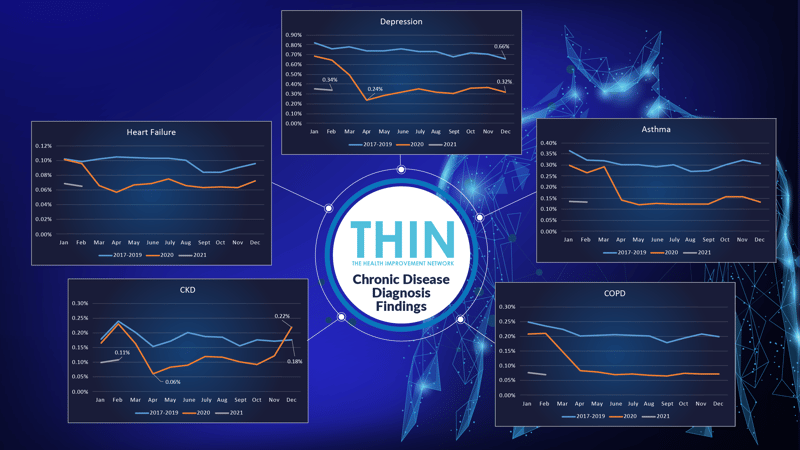
Testing and Monitoring
Looking closely at routine tests also reveals that contacts are yet to return to pre-pandemic levels Analysis of Urea blood tests (for kidney and liver health) and Serum (Fasting blood glucose ) tests within THIN® confirms a sharp drop in the percentage of contacts around March 2020 compared to the average number of contacts for the specific blood tests between 2017-2019. Subsequently the percentage of blood tests slowly increased but neither successfully reached baseline measures by the end of 2020. In 2021 it looks like the levels may be rising but the data is very preliminary.
Health checks and chronic disease monitoring both had a sharp drop in the percentage of contacts around March 2020 compared to the average number of contacts for these outcomes between 2017-2019. Subsequently the percentage of chronic disease monitoring contacts slowly increased but did not reach baseline measures by the end of 2020. The percentage of health check contacts remained low throughout 2020. In 2021 it looks like the levels may be rising but the data is very preliminary.
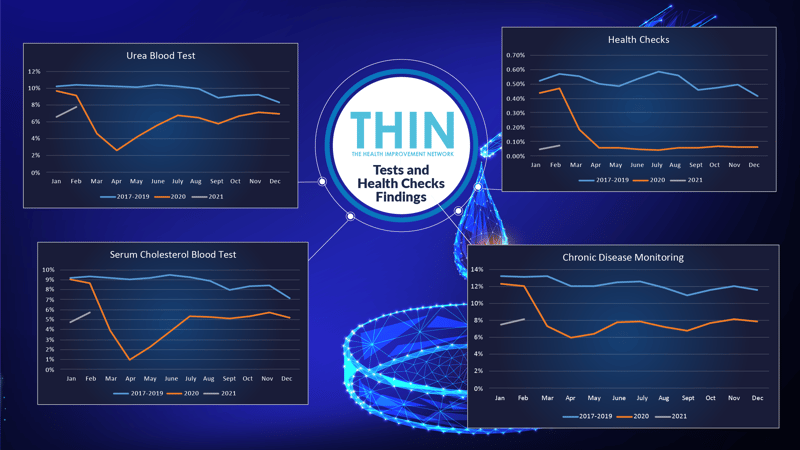
Understanding patient experiences and attitudes across different disease areas will play a key role in helping health and care services plan, especially for the reintroduction or acceleration of the health checks, tests and monitoring that are such a vital part of the preventative health model.
Tracking long term implications
The past year has also highlighted the value of health data from patient perspective – often for the first time. From tracking the impact of the vaccine on COVID-19 case rates to understanding the implications of long-COVID on the population, individuals have become far more invested in day to day health data. This recognition of health data value is something that will be important going forward – both to support research and to build on the growing awareness of the value of taking control over an individual’s own health outcomes.
Planning ahead will require deep understanding of trends in population health. In addition to the population health campaigns targeting obesity, recent research has confirmed that nearly a third of people who have been in hospital suffering from Covid-19 are re-admitted for further treatment within four months of being discharged, and one in eight of patients die in the same period.
The study is also tracking diagnoses for a range of respiratory, heart, kidney, liver and metabolic diseases, such as diabetes, prompting calls for on going monitoring of former coronavirus patients to detect early signs of organ damage and other complications caused by the virus. According to the Guardian, Dr Amitava Banerjee, at the Institute of Health Informatics at University College London said, “We show conclusively here that this is very far from a benign illness. We need to monitor post-Covid patients so we can pick up organ impairment early on.” Adding, “Until now we tended to think of heart disease, kidney disease and diabetes as risk factors for Covid patients, but these are also complications of Covid as well.”
Conclusion
From understanding and managing the impact of the backlog in primary care and prioritising patients most at risk, to gaining insight into the long term patient health implications of both COVID-19 and on-going population health campaigns, the use of epidemiological health data such as THIN® will play an important role in the delivery of effective post-COVID health and care services.
